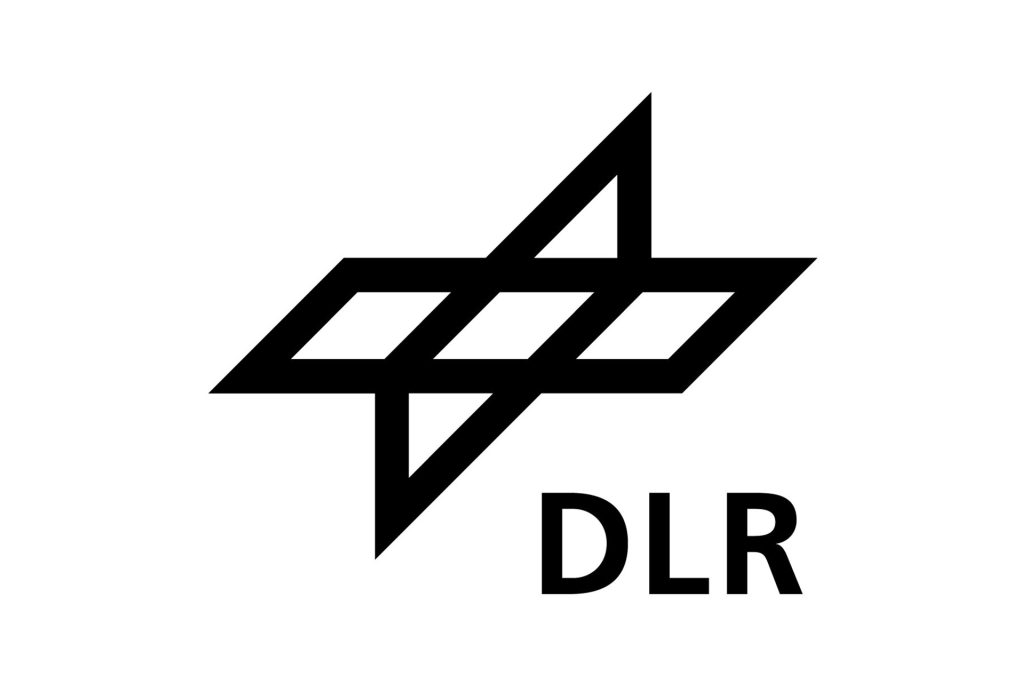Deutsches Zentrum für Luft- und Raumfahrt (DLR)
The German Aerospace Center (DLR) is a state research institution with headquarters in Cologne. Over 10,000 employees work in 55 institutes at 30 various locations throughout Germany. The DLR operates applied and Basic research in the areas of aerospace, transport, energy, security and Digitalization. The DLR budget for its own research and development work as well as for Operating tasks amounted to around 1.261 billion euros in the 2020 financial year. DLR’s mission includes: the exploration of the earth and the solar system and research for the preservation of the environment. Also includes the development of environmentally friendly technologies for energy supply and mobility tomorrow as well as for communication and security.
At the DLR Institute for Communication and Navigation (DLR-KN) new systems and procedures are being developed for road traffic communications and navigation designed to better protect Vulnerable Road Users (VRU). Basis for their protection are the methods developed by DLR-KN for the reliable location of pedestrians and the surveying and modeling the radio channel between vehicles and VRUs via V2X communication.
DLR-KN has been researching CLS technology since 2017, which is based on many years of experience in measuring the wave propagation and the modeling of communication channels. CLS is an implementation of Joint Communication and Sensing (JCAS), also known as Integrated Sensing and Communication (ISAC). A technology that combines wireless communication and sensing capabilities into a single system, allowing devices to transmit data and simultaneously sense the environment using the same radio frequency signals. This integration enhances efficiency and reduces hardware complexity, enabling advanced applications like autonomous driving, smart cities, and next-generation wireless networks.
The theoretical limit of the detection and location of objects by a sensor network of CLS nodes was determined using the Cramer-Rao Lower Bound depending on the bandwidth and observation time presented in [Link]. First field tests with a network of four communication units were described in [Link]. Based on these measurement data and one reference data set was an algorithm for localization of non-equipped road users in evaluated. The principle of localization of unequipped pedestrians using line-of-sight and multipath interruptions in a sensor network was shown for indoor environments for the first time in [Link: electronic library – Localization and Tracking of Discrete Mobile Scatterers in Vehicular Environments Using Delay Estimates (dlr.de)]. This new approach was used in the previous project VIDETEC and tested in a traffic environment for the first time [Link: electronic library – Increased traffic safety by means of intelligent detection and localization technologies (dlr.de)].
This expertise allows DLR-KN to implement and demonstrate the highly innovative technology CLS for VRU protection at the Providentia++ test site in the scope of the VIDETEC-2 project.
Role in the project
Lead requirement, architecture and system design
Lead dissemination activities
Lead research, development, testing and validation CLS technology

Scientists/employees involved
Dr.Fabian de Ponte Müller
Dr.İbrahim Rashdan
Dr.Martin Schmindhammer
Dr.Stephan Sand
